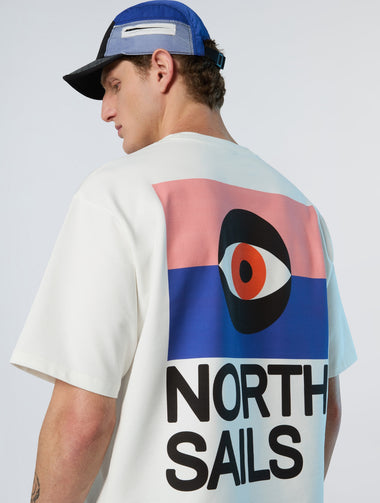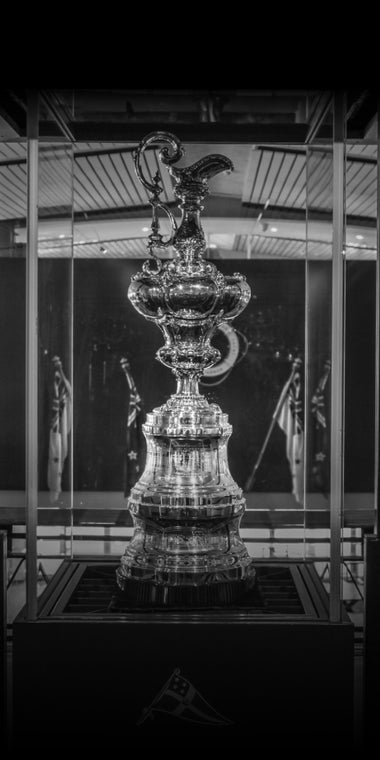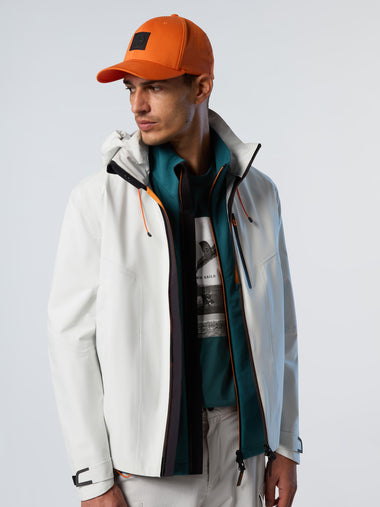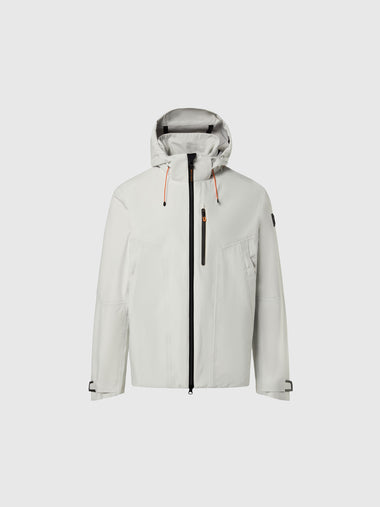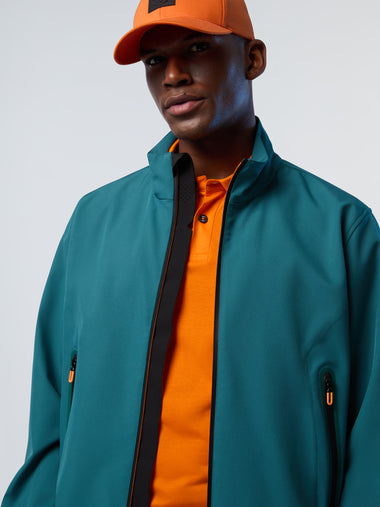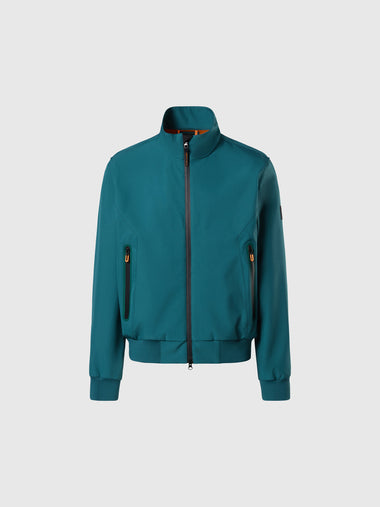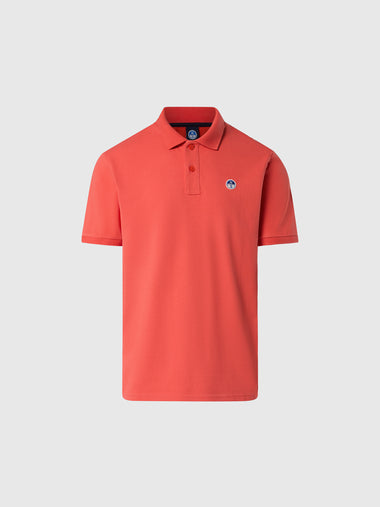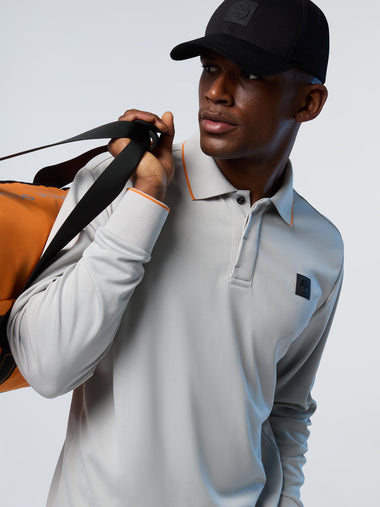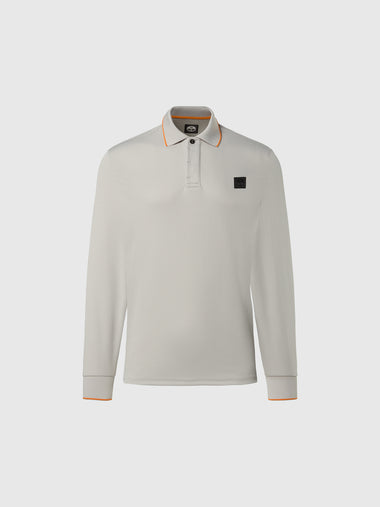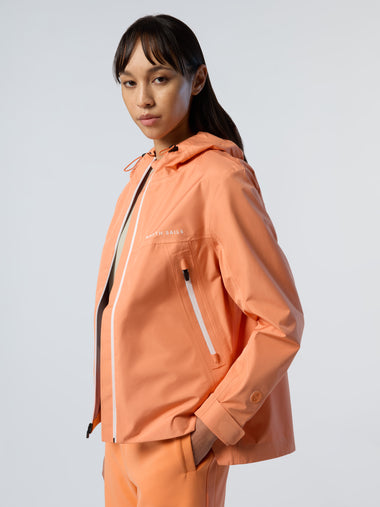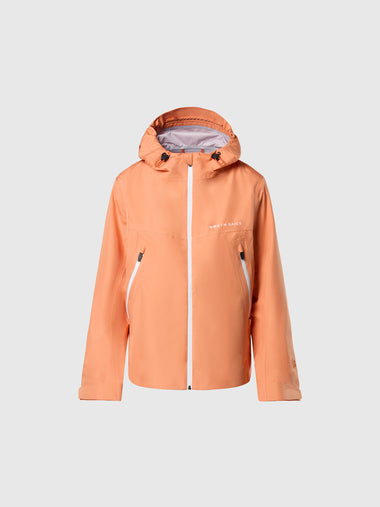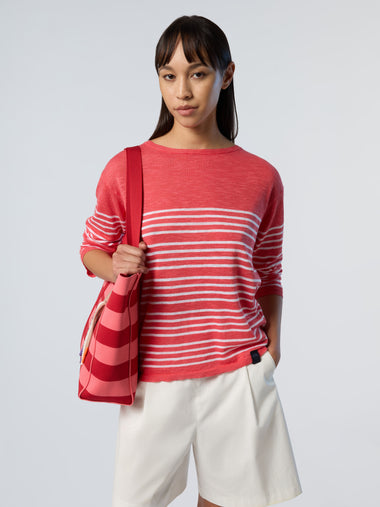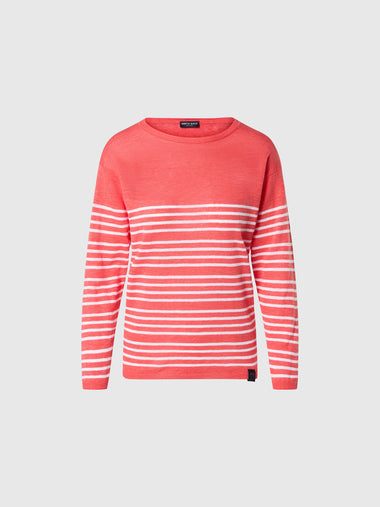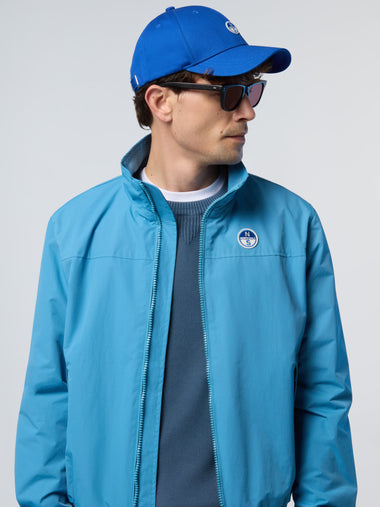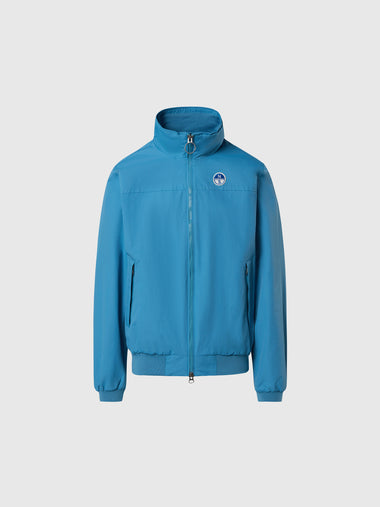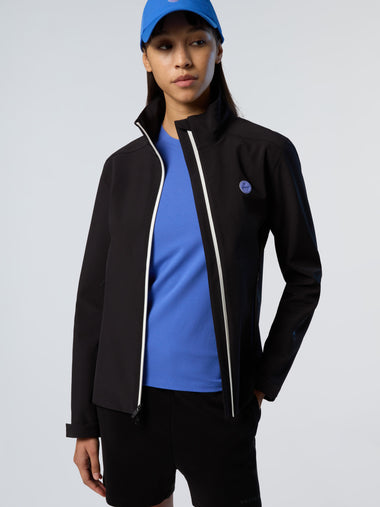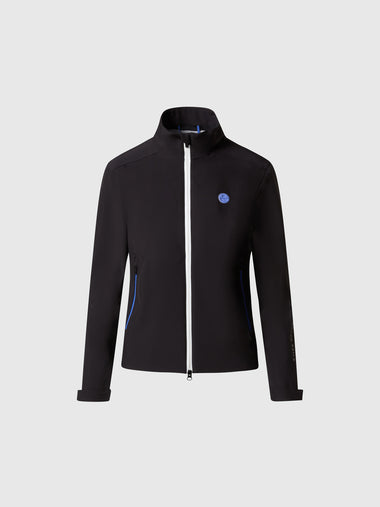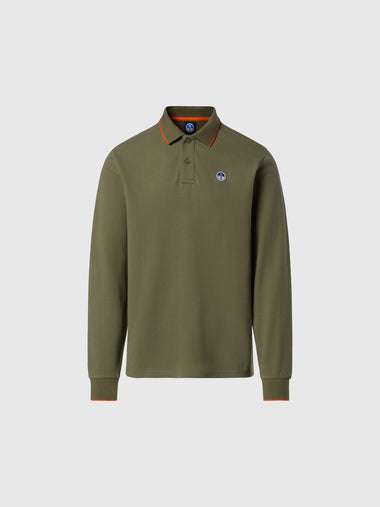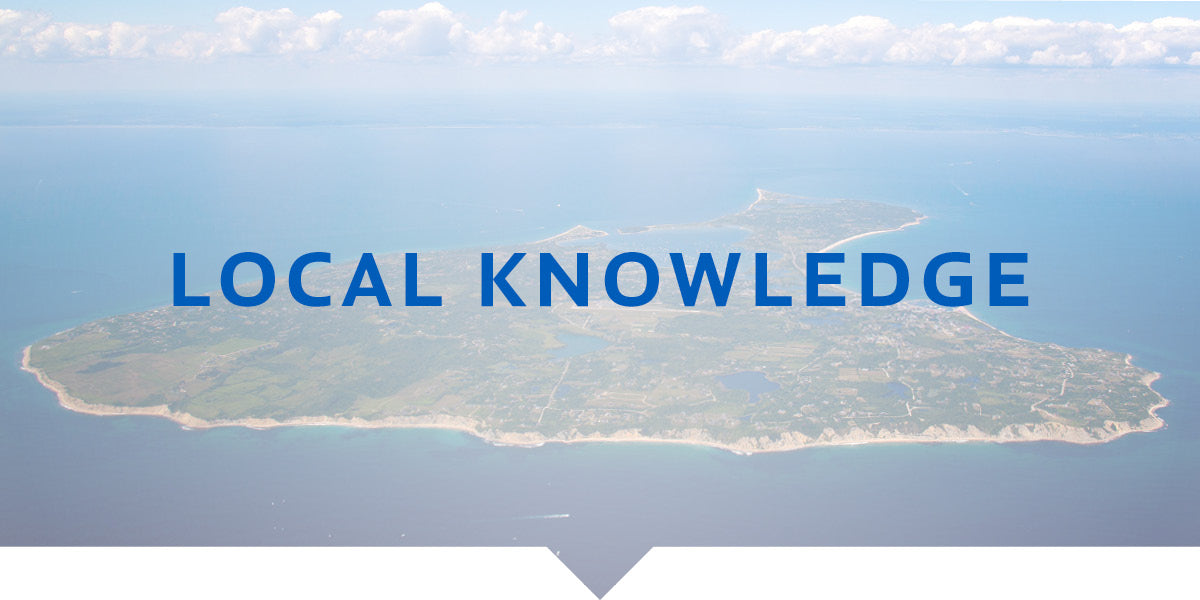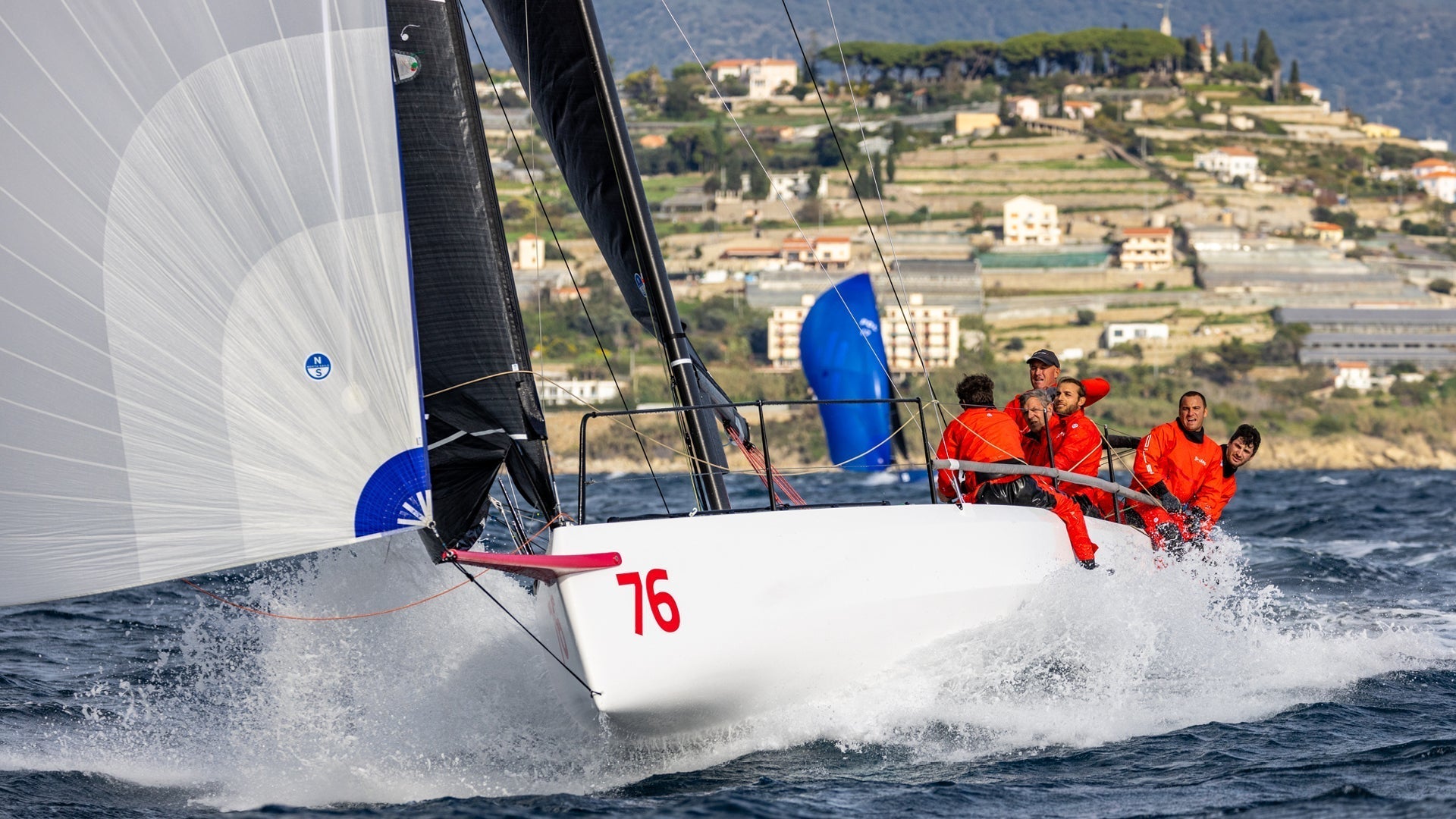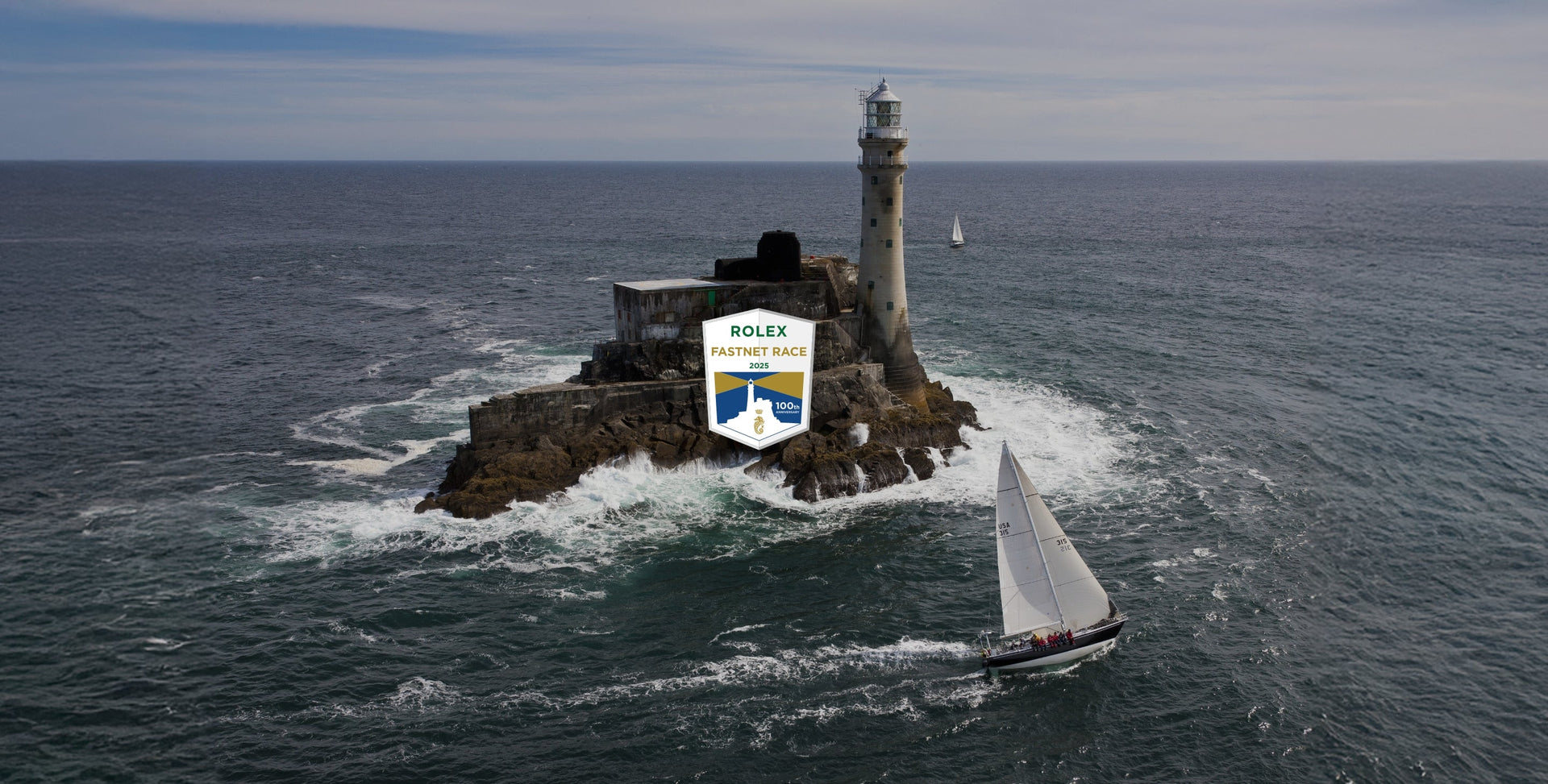BIRW LOCAL KNOWLEDGE WITH TODD BERMAN
TIPS FROM EXPERT TODD BERMAN
Todd's Take On Block Island Race Week And What You Should Expect While Racing

We talked to local expert and
North U. Coach Todd Bermanto get his perspective on sailing at Block Island Race Week. Having sailed his first race week as a thirteen-year-old back in 1977, and sailed in almost every race since, who better to give us some local tips on navigating such a complex island with tricky tidal and current related factors you need to think about ahead of time.
Block Island – What Makes Sailing In These Waters So Unique?
Block island is an exercise in versatility. It’s the nature of June sailing in New England. The first thing I think about when preparing for Block Island Race Week is that you need to have a fundamental understanding about the tidal picture of how the water flows around both sides of the Island. Block island is in a very interesting position, where to the west of the island, most of the water flows in a north/south axis – this is the water between the southwest corner of Block Island and Montauk. Then to the north side of the island where there's the buoy, 1-B.I and ultimately Point Judith, where all the water that is flowing through that gap and is flowing in an east/west axis. Essentially, you have this weird phenomenon where the water splits in two different directions, one going north/south, one going east/west.
When you come into the the Salt Pond from the sea, and you get that first whiff of the beach plums. It, to me, feels like I'm home. Block Island Race Week has become like a totem in my life.
Understanding where your racing circle is, will go a long way in helping you gauge what is likely to happen on your particular course area with the tide. That’s a really important piece of advice I cannot emphasize enough for this regatta. There are a couple of fundamental overarching things that I do when it comes to the tide at B.I. There are lobster traps all around. One of the practices that I think is essential at race week, A-L-W-A-Y-S, always, make an observation and a mental note about the direction of the tide. From your experience sailing anywhere with tides and currents, and what you believe to be experiencing with observations of fish traps, lobster buoys, anchored marks or the buoys on the race course -- are all the same. All of these will tell you what the tide is doing, and at Block Island, you need to observe these indicators all the time.
The Infamous Around The Island Race – Tips & Tricks
This is an extremely difficult race and sometimes tends to be the race where people’s week fall apart. If you're really good at Windward Leeward racing and you've had great success at Charleston Race Week or Key West Race Week, where it is Windward Leeward racing, Block Island trips you up when now you've got to race around this island. Many teams go into the week with the great finishes, only to be caught out by the Around The Island Race – the pothole waiting to blow out your tire. There are six key points to talk about for this race. These points are founded upon going counterclockwise in a wind direction between 205 and 230 degrees true wind direction. On any given day, that's the rough range of wind direction.
First Beat Of The Race
Prior the race you have to know what the tidal conditions will be at your next mark. The navigator and the tactician should have a discussion about knowing the bracket of time where you'd likely arrive at a mark so that you can know what the current will be doing there. What the current does at the major rounding points in this race typically defines your tactical and strategic norms. On the first beat, the conventional wisdom is to start on starboard and sail closer to the island to pick up more wind velocity. And in a flood tide, the incentive to stay to the left of the straight line, to go closer to the island is stronger. Right at the end of that leg, R-4 is the big bell buoy that you're really setting up to round, and that's typically where you go from beating to now either an A-sail or a spinnaker. The last 20% of that first beat can get really dicey just from a wind velocity and sea state perspective because, for the very first time you’re heading out into almost open ocean there. On the flood tide, you almost have to approach R-4 from the port tack lay line. On the ebb tide, the starboard tack lay line is much more forgiving. If the water is flowing south, you can get out into more open water and you'll be fine on your approach. But on the flood, it's a significantly different perspective.
Rounding R-4
This leg is based on traffic management and not getting too high, or too low. You’ve rounded R-4 and now you’re going to reach along the south end of the island. The danger of sailing low of the rhumb line and getting too close into the island is that the wind lifts up over the island and you can get lighter winds in shore. However, there is also a risk about getting too far offshore to the south of the rhumb line because as you get further east, you have to sail lower, and it's slow. This is a leg where I like to just go fast as close to the rhumb line as I can. Traffic management is a real challenge on this leg because the boats are still pretty compressed and it's hard to find clear lanes of wind.
Next Turn –Southeast Corner
This is typically a jibe from starboard broad-reaching to port-reaching, which takes place at the southeast corner. The exact tactics of the southeast corner are typically determined by real-time conditions and where the markers are .The Storm Trysail club place one or more inflatable orange markers out there. The southeast corner is not a government mark rounding, it's an inflatable mark that's put out there, and depending on where that inflatable is placed, it's just good sailing, there's no magic, formula for the southeast corner. *be careful about getting too far east because the wind can get lighter out there.
Racing toward Port – The Longest leg
This is the longest leg of the around the island race where you’ve turned the corner and are on port. This is a 12-mile leg so it’s very important that you have the right spinnaker up. We typically change to the reacher before we do the final jibe onto the long leg, and actually sail the last 1% of the previous leg with the wrong spinnaker. This means that when we jibe onto the long 12-mile leg, we have the right spinnaker up and don't have to do the change while we're reaching hard. For this long leg along the east end, you have got to know your predicted apparent wind angle way ahead, you've got to have an advanced prediction of that so you can know what spinnaker you want. You will also need to know what the tide is doing at 1-B.I, which is the next mark you're going to. This is the single most important tide management leg. If you're doing that stretch in an ebb tide, on the last 1/3 of the leg, which means the water is flowing to the east, you can never
, let yourself get swept to the east side of the rhumb line. In addition to that, you need to expect that the velocity of eastbound current you will encounter increases dramatically as you approach 1-B.I. You could be two miles away and have a knot on your port beam, but when you're 200 yards way, you could have three knots on your port beam. Peak velocity at 1- B.I can get close to three knots
Riding The Tide On The Longest Leg
In an ebb tide, eastbound flowing water, you can sail above the rhumb line and ride the sand spit down, and almost have a trailing current for the last part of that leg. You sail more distance, but at the end you come in with fair current behind you and, that's great. You don't sail down the rhumb, you sail a great circle to the west side of the rhumb line. That's what I like to do in an eastbound ebb tide. In a westbound, flood tide, it's not as important not to get swept east because as you get out further north, you have all this water carrying you, west and you approach one BI with fair current pushing you up to the mark. If the water is flowing west at 1- B.I, it's a much easier proposition. You don't want to get caught high of the mark fighting down into that current.
Rounding & Exiting From 1-B.I
Now you're heading up, and your beating again, and it’s in the ebb tide. People tend to tack pretty quickly onto starboard to get into shallower water between 1- B.I and Block island under the normally correct theory that current runs weaker in shallower water. However, the shape of block island is such that the water sort of piles up. As the water that's flowing east hits the part of the island between the salt pond and the end of the sands spit at the north light, it gets up. There is a lot of current is being focused into that little shallow spot. You want to stay on port for a fair bit of time until you can really quite easily clear all the frothy water that is flowing over the sand spit at this point. Lots of boats tend to tack on to starboard to get into the shallower water right away. And that rarely works. Take the scenario and the tidal scenario and reverse it. Let's say it's a flood tide, so the water at 1-BI is flowing to the west. This is particularly fun when the wind is strong from the southwest. You have tide against current, and what I try to do is stay on port as long as I can, and if you go maybe three or four minutes on port past 1-B.I, you get into extremely deep water , approx. 100 feet or more. You will notice that the sea state gets huge. So again, a little bit counter intuitive, when you get into that really dramatic sea state, you know that you're on the strongest positive current escalator. Even though the waves are huge and you might be pounding a little more from that sea state, which feels slow, you should remember you're on this huge tidal escalator pushing you toward the finish. One of the things that you can really see is the sea state change as you exit 1-B.I. and you're heading towards the west. You can just watch the sea state build and build and build, and then before you know it, you've hooked into that beautiful tidal river to take you to the finish.


